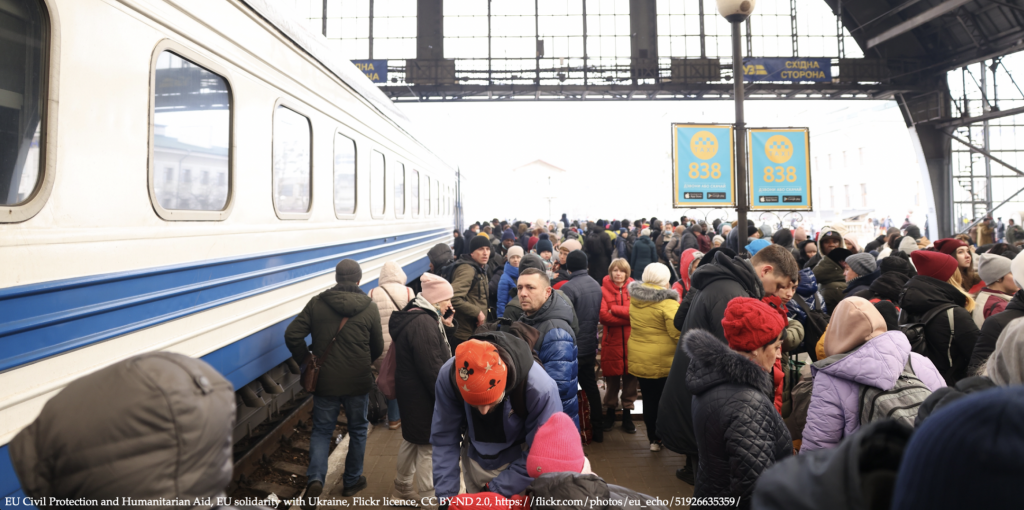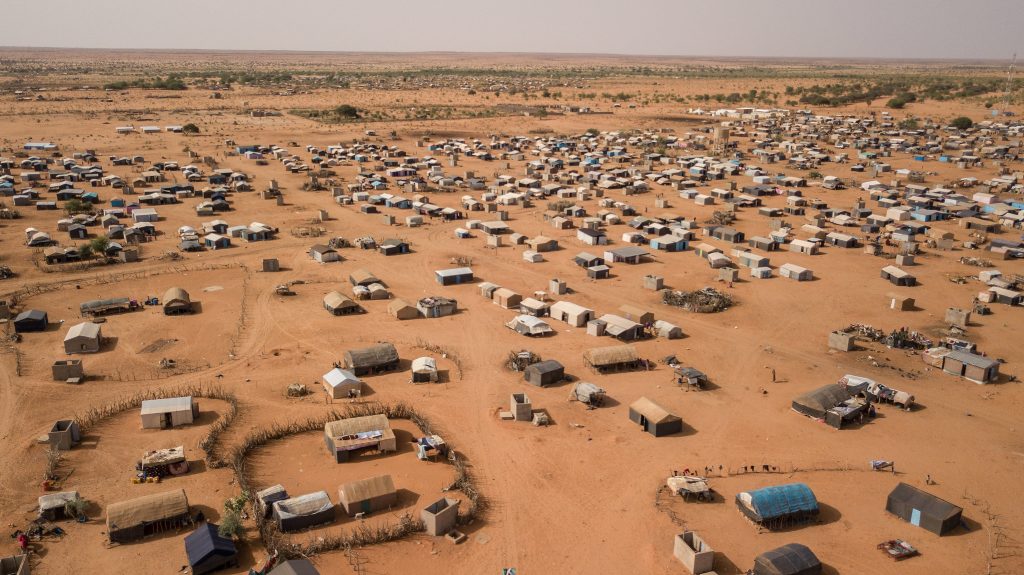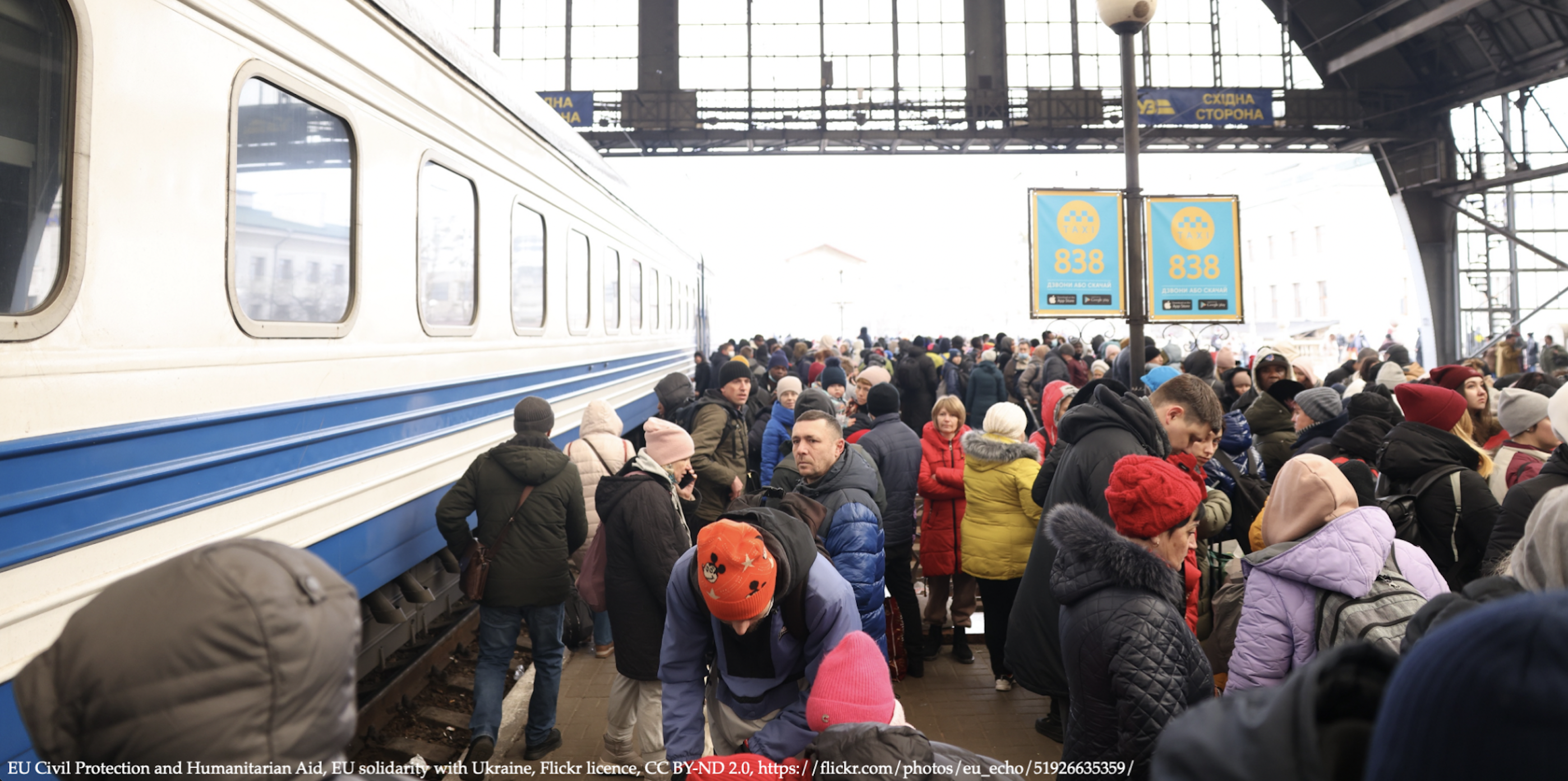Our program’s director Carmen Mendoza-Arroyo, was interviewed regarding the Ukrainian refugee crisis. We offer a summary of her reflections on this topic which is core to our Master’s content. She began by stating that the Ukrainian refugee crisis requires a “positive sociocultural process” that promotes their integration into cities. According to her, what is most critical at this time is to guarantee people’s wellbeing and ensure that the makeshift camps do not become a long-term solution.

The ongoing crises
While it is good news that the European Union has activated the ‘Temporary Protection Directive’ in the face of the refugee crisis triggered by the war in Ukraine, there are still thousands of refugees from other conflicts who remain stuck at Europe’s borders and are yet to be given a solution. “A great deal of problems would be solved if all asylum seekers were treated equally. The Syrian refugee crisis continues to exist, and, today, thousands of internally displaced people and asylum seekers remain in refugee camps along the borders and are unable to enter Europe,” she asserts.
“From the point of view of displacement, the important thing is to respect all people’s right to asylum, irrespective of race, religion or country of origin, and provide reception or temporary placement solutions that ensure their wellbeing,” she concludes. According to Carmen Mendoza-Arroyo, Europe must commit to an inclusive and sustainable model for receiving refugees that enables these displaced people to resolve their flight situation and live “as normal a life as possible.”
With regards to the makeshift camps that have sprung up in countries on the border with Ukraine, such as Romania and Slovakia, she asks that they not be viewed as long-term solutions, but as a response to a temporary emergency situation. “Unfortunately, in recent years, we have seen refugee camps on certain European borders become veritable detention camps, generating inhumane situations which fail to comply with minimum living conditions,” she denounces.
The situation calls for a “positive sociocultural process” that takes into account location factors that promote these people’s urban integration, such as, for instance, easy connections to facilities (schools and health centres), public spaces and transportation systems, and which ensure that the homes are distributed as broadly as possible throughout the cities’ districts to avoid creating ghettos.
“In Europe, the country that accepted the greatest number of refugees during the war in Syria was Germany, whose policies differed by state, city and district. However, on the whole, it decided to implement a decentralised housing model by district for refugees, which encouraged their integration and adaptation,” she exemplifies.

Permanent housing solutions
Based on her line of academic research, Carmen Mendoza-Arroyo is committed to finding permanent solutions and homes for refugees. “We are studying alternative housing programmes that range from the assignment of flats to participation in home financing schemes, land entitlement and protection against discrimination,” she explains.
According to our director, the inclusion of refugees into new urban environments is strongly influenced by the context and social mix, and, as a result, “efforts must be made to give them the opportunity to receive language classes and learn about local cultures, as well as ensure access to employment and social and health services.”

